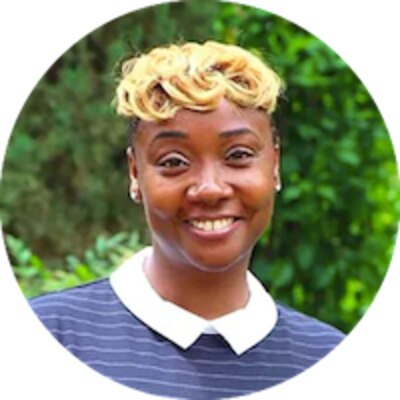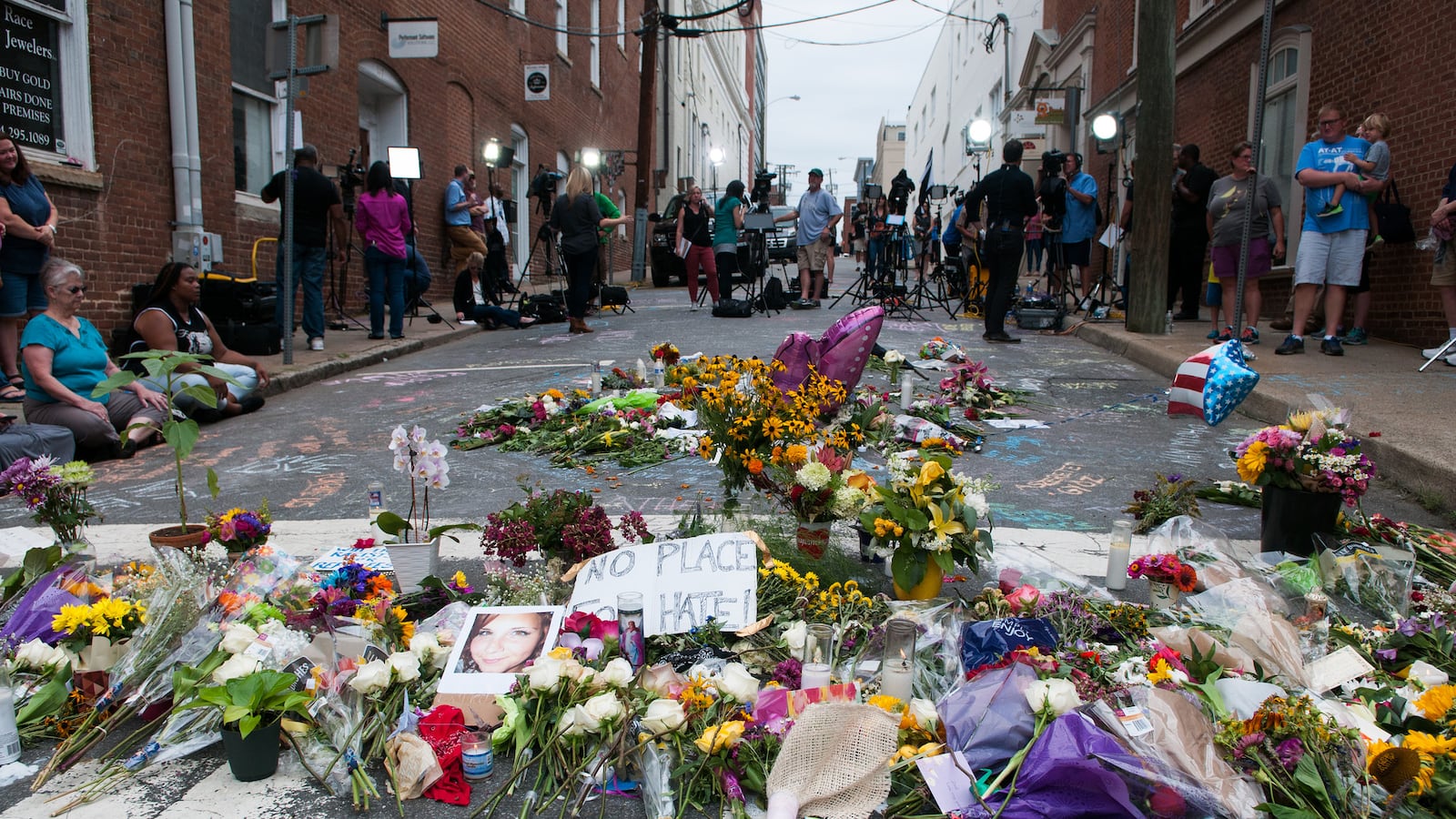
In a few short weeks, school will resume in New York and I’m already thinking about how we are going to address racism within the four walls of my classroom. I’m thinking about what texts, historical and current, we can read and films and documentaries we can watch to support dialogue, questioning, and solutions for combatting that ugly, pervasive thread in the fabric of our country’s patchwork quilt called racism.
Last year we read “Narrative of the Life of Frederick Douglass,” a former slave turned abolitionist, and juxtaposed its reading with a viewing of Ava DuVernay’s documentary “13th,” which discusses modern-day slavery in the guise of mass incarceration. Students asked questions of the documentary as they watched it and discussed those queries within their groups and with the class at large afterwards.
We do our children and ourselves a disservice when we don’t have these difficult conversations as a part of our collective curriculums. However, many teachers from various walks of life are neither well-versed nor fully comfortable discussing race on any level with their students. Not talking about racism won’t make it go away. If anything, not talking about racism in the classroom further perpetuates racist ideologies that are, at their root, born out of ignorance. Education’s goal is to dispel ignorance and replace it with truth.
With that being said, just how many teachers feel equipped to facilitate lessons that touch heavily upon race in the classroom? Not nearly enough.
According to Teaching Tolerance, “The dialogue about race should start in the classroom — the teacher-prep classroom, that is. Preservice teachers should be exploring multiculturalism and discussing ways to honor diversity in their future classrooms.”
But often, Hilton Kelly, a professor of education at Davidson College in North Carolina told the site, the coursework isn’t giving future teachers the training they need to talk about race. “Even when future teachers take courses on diversity and multiculturalism,” Kelly said, “those courses don’t take the critical approach to race that future teachers truly need.”
“Food, folklore and festivals are not the same as an analysis of race in America,” Kelly argued.
But an analysis of race in America is exactly what needs to happen. Furthermore, it can’t just be teachers of color solely facilitating such lessons in their classrooms.
I don’t want to write about the events going on in Virginia. I don’t want to think about it. I’m so tired of the hatred and I long for peace, but I can’t very well in good conscience remain silent. That would be akin to protesting with those hate-mongers in Virginia last weekend. I can’t just write about back-to-school shopping, lesson planning, and business-as-usual while my brothers and sisters in Virginia are being murdered in cold blood by white supremacist American Nazis.
Are the children of Virginia safe? Are our children anywhere safe? What can I do to make a difference within the hearts and minds of the children whom I teach? If education is our best vehicle for bringing about change — which it is— how am I going to infuse the lessons I teach with critical thinking and analysis about racism in the United States for the seventh-graders entrusted in my care? How are other educators planning to address these events with their students at every grade-level?
I pose these questions to all who are reading. Whether you are a teacher, a student, a parent, an administrator, or a community member, I plead with you to work together to create answers that work toward healthy conversations and hands-on action in the fight against racism.
Vivett Dukes is a teacher at Queens Collegiate: A College Board School. A version of this post first appeared on New York School Talk.
About our First Person series:
First Person is where Chalkbeat features personal essays by educators, students, parents, and others trying to improve public education. Read our submission guidelines here.

